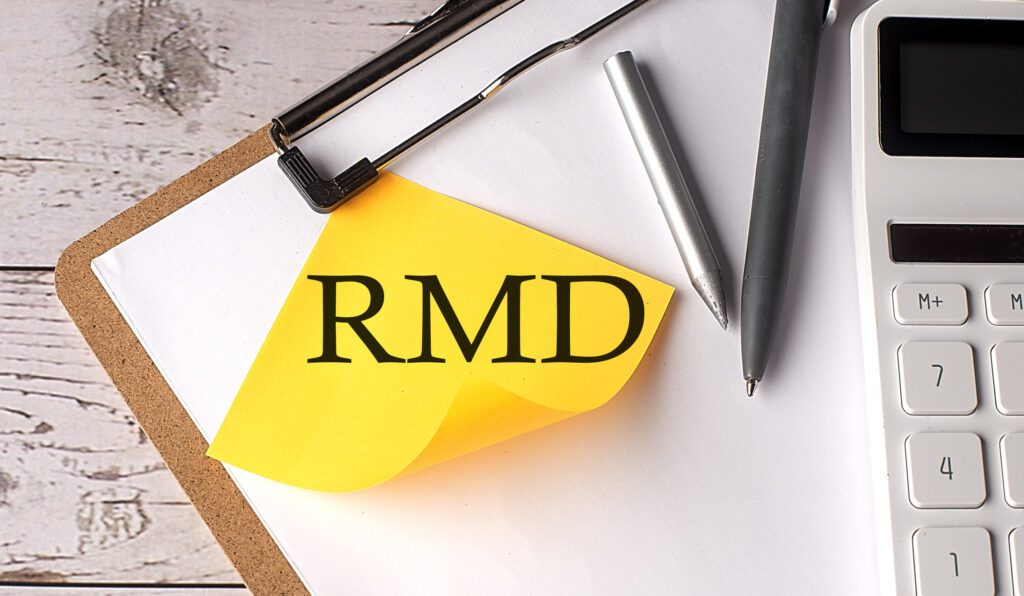As you know, death and taxes are a permanent feature of this present world. One good general principle is to delay paying taxes as long as possible, but other factors can override the tax considerations.
After the past few years of changes, one must begin taking Required Minimum Distributions (RMD) from their IRA and most tax qualified retirement accounts in the year they attain age 73. You probably recall that for years, the age was 70.5, but that extended to 72 and now to 73 for those of us becoming 73 after December 31, 2022.
The IRS does not make this easy. For example, for IRA’s including SEP, SIMPLE and SARSEP IRA’s, its website says, “You must take your first RMD by April 1 of the year following the year in which you turn 72 (70 ½ if you reach 70 ½ before January 1, 2020) regardless of whether you are still employed.”
One could think that statement refers to the year in which one attains 73. It is still confusing however since language on this page requires the payment to be taken by April 1 and in another spot it allows for the full RMD amount to be withdrawn by December 31 of that year. Is it any wonder that if you call for advice more than once, you will receive more than one answer? Oh well.
Note here that the rules are different if you are still employed and have qualified funds in that same employer in a Defined Contribution plan such as a 401k or Profit Sharing plan, unless you own 5 percent or more of that company. In the latter case, you must withdraw your RMD in the same way as for an IRA.
If you are fortunate enough to have more in tax qualified funds than you need for the next few years in your 70’s, you should know about the Qualified Longevity Annuity Contract exception for delay of RMD and the ability to delay paying taxes. Since last year, you may take up to $200,000 from your qualified retirement assets, contribute that amount into such a contract and delay the recognition of RMD on those funds for a period of time not less than 13 months or longer than the month after you attain age 85.
Under current rules, your RMD for the year you attain age 73 is approximately 3.775 percent. Therefore, on the maximum amount, you would be delaying the tax on about $7,550. If you are still working or have plenty of other income, you may be in the 28 or higher federal income tax bracket. Even with lower Missouri tax rates, your effective tax will be about $2,484 on that amount.
Obviously, this savings will not change your life if you have this ability to delay. But then again, you probably did not get to the financial position you have without taking advantage of many strategies (some call them loopholes!). On the backend, at the age you choose, you (and your spouse, if married) will receive a fixed payment amount for the rest of your life (or lives, if you choose). You can also choose to have a minimum number of years in case you do not survive or live very long.
(Past performance is no guarantee of future results. The advice is general in nature and not intended for specific situations You should consult your financial or tax advisor for full details.)

